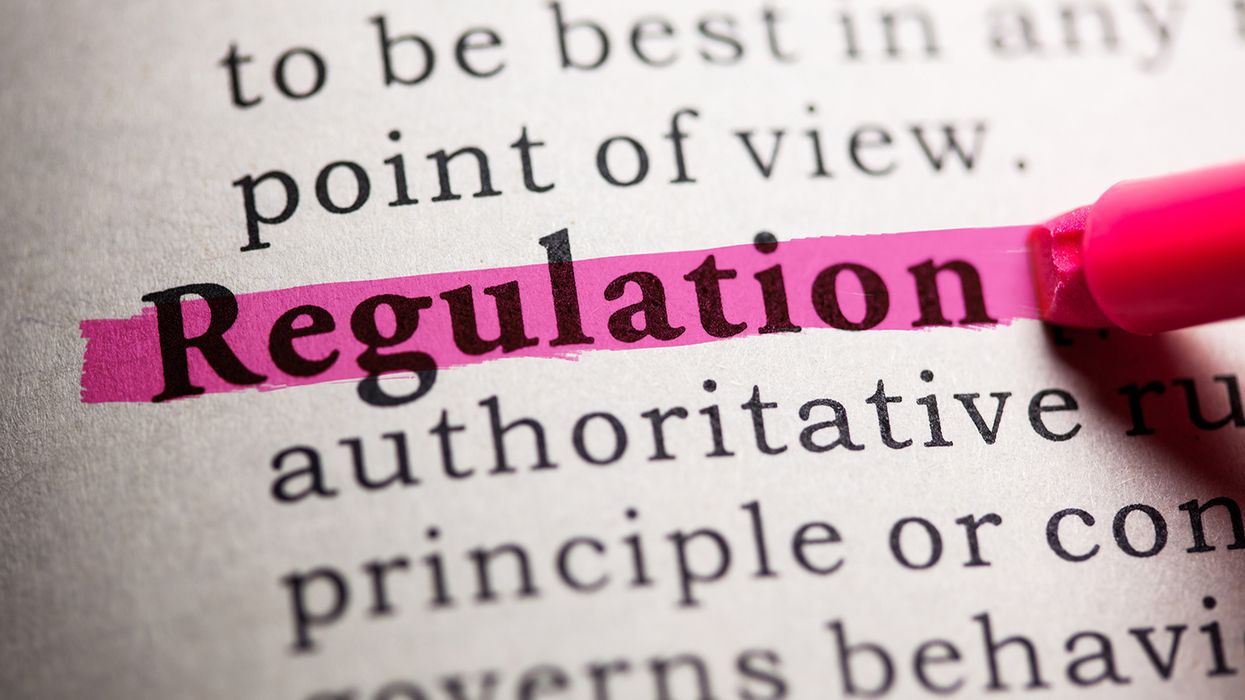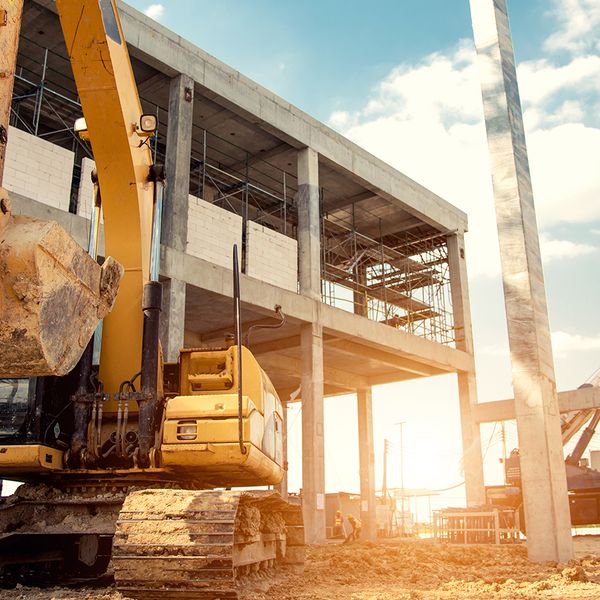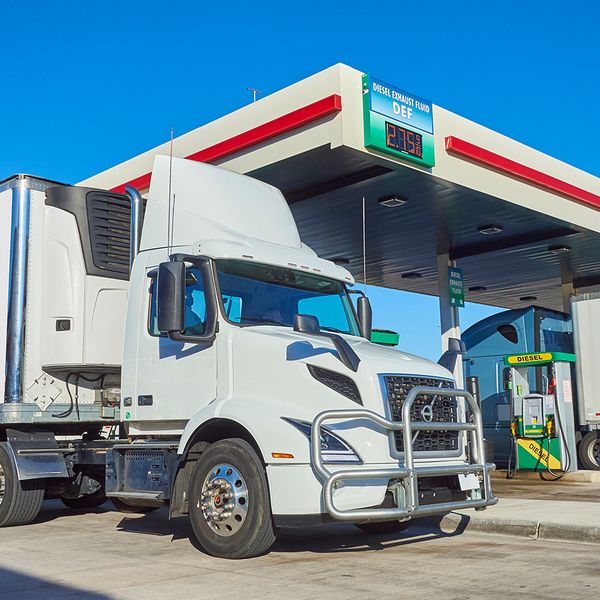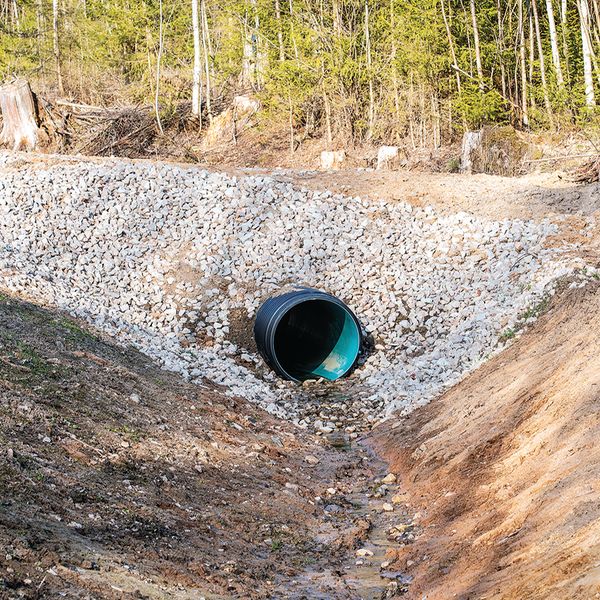Compliance guide: Air regulations for emergency generator installation
In today's rapidly evolving energy landscape, businesses are turning to back-up emergency generators to keep operations running smoothly. Several key factors are driving this growing trend:
- Extreme heat and weather events
Climate change has led to more intense weather like hurricanes, wildfires, and heatwaves. These events put pressure on power grids, causing outages that disrupt business operations. Generators help by providing backup power during unexpected failures.
- Power demand from AI and data centers
Artificial intelligence (AI) and data centers need a lot of electricity. As these technologies grow, power grids struggle to keep up. Companies use generators to prevent power shortages and keep essential systems running.
- Grid reliability concerns
Aging infrastructure and unsteady energy supply from renewable sources can make electrical supply unstable. Industries like manufacturing, healthcare, and finance need steady power to avoid costly interruptions. Generators act as a safety net when the grid fails.
Compliance considerations
Backup generators help keep businesses running, but they also impact the environment. Companies must follow air quality regulations to reduce pollution and operate safely.
Air permits
• State agencies usually oversee air permits, but The U.S. Environmental Protection Agency (EPA) has granted many county and city agencies the authority to issue them. For major permits such as New Source Review (NSR) and Title V, federal regulations apply, but state or local governments may still manage the process.
• In some areas, businesses can apply for a general permit or permit-by-rule for emergency generators. These permits are often easier to obtain and take less time to process. Checking air permitting regulations will help determine if this option is available.
• Businesses should find out if they need a pre-construction or construction air permit before setting up an emergency generator. These permits are based on the proposed equipment’s potential to emit (PTE) of criteria pollutants such as NOx, SO2, CO, and CO2 and hazardous air pollutants (HAPs) such as formaldehyde and acrolein, which are emitted during the combustion of fuel. The type(s) of fuel used in the generator, such as diesel, natural gas, gasoline, or propane, will affect the calculated PTE. Read more about construction permits in this ezExplanation: NSR Permits.
(Note: many state and local permitting agencies allow for the use of 500 hours for calculating PTE from an emergency engine, as per EPA’s 2011 Fox Memo, but some agencies still require using 8,760 hours and only accept 500 hours as an enforceable limit defined in a permit.)
• Federal law sets a limit on emergency generators, allowing less than 100 hours of non-emergency use per year. This includes maintenance and testing. Some permits may also restrict the times of day when the generator can be used for non-emergency purposes.
• The permit may require businesses to use the generator according to the manufacturer’s specifications. This is especially important if the business used manufacturer guarantees to calculate PTE.
• Businesses must track fuel use and operating hours to stay within the limits used in emissions calculations. They can do this using fuel records, fuel measuring devices, and hour meters that log the generator’s usage time.
• After getting a construction permit, a facility may need to apply for an operating permit within a year of the generator beginning operation. Some state and local agencies have stricter rules and deadlines. Check out J. J. Keller’s ezExplanation for Operating Permits: Clean Air Act: Operating Permits
EPA emission standards
The EPA enforces strict emissions regulations for stationary engines. Businesses must ensure their generators meet the New Source Performance Standards (NSPS) for compression ignition (40 CFR 60 Subpart IIII) and spark ignition internal combustion engines (ICE) (40 CFR 60 Subpart JJJJ), which can be found here. Additionally, the National Emission Standards for Hazardous Air Pollutants (NESHAP) apply to reciprocating internal combustion engines (RICE). 40 CFR 63 Subpart ZZZZ can be found here.
These rules, depending on the specific type of generator engine, will be required even if a permit is not necessary.
Other Regulations
Keep in mind that using an emergency generator may also involve other factors depending on the type and amount of fuel stored:
• Aboveground Storage Tank (AST) Requirements
• Spill Prevention Control and Countermeasure (SPCC) Plans
• EPCRA Tier II Reporting
Key to remember: When installing an emergency generator, companies must navigate complex air quality regulations to ensure compliance. By selecting the right fuel type and securing necessary permits, businesses can maintain reliable power while minimizing environmental impact.



















































